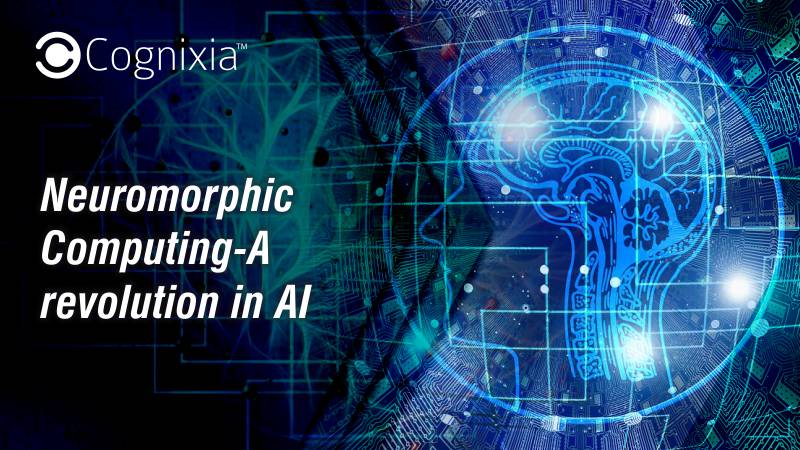The brain is a highly complex part of our human body. Its architecture is the source of inspiration to many artificial intelligence researchers and scientists. Neuromorphic computing imitates the brain’s neural network architecture. Its building blocks are logically similar to the brain’s neurons.

Discovery of the Spiking Neural Network Architecture system
In recent years, a major milestone was achieved by British scientists at the University of Manchester, by inventing the world’s largest human brain supercomputer called the Spiking Neural Network Architecture System. This supercomputer can send billions of small pieces of information simultaneously. This breakthrough invention has encouraged neuroscientists to stimulate large scale human brain functions.
Stimulation of Neuroplasticity in OECT (Organic Electro Chemical Transistors)
Neuromorphic computing or engineering uses mathematics, biology, computer science, neuroscience, physics and electronic engineering fundamentals to create an artificial neural system that is similar to the human brain architecture. Neuromorphic computing can disrupt AI in various domains like societal health issues, domestic politics, economy, environment, science and human potential.
The human brain can form new connections where there have been no earlier connections, whereas, machine learning is based on pre-fabricated circuitry. OECT (Organic Electrochemical Transistors) is a new invention in the field that has short-term and long-term memory. It can also form a new connection which is similar to the way it happens in our human brain. The transistor behaves like long-term and short-term neuroplasticity of the brain. This is a quantum leap for neuromorphic devices.
According to Simone Fabiano, principal investigator at the Laboratory of Organic Electronics, Linköping University, Sweden, these transistors can function as efficiently as thousands of normal transistors.
OECT application in AI and deep learning
OECT is the breakthrough technology for AI and deep learning. Deep learning and machine learning consist of neural networks having more than two layers. Deep learning contains many layers of artificial neuron nodes, which would require huge resources for computation and memory. The rise of GPU (Graphics Processing Units) with huge parallel processing power is making a major contribution to AI and deep learning. Currently, there are a lot of pattern capabilities of AI and deep learning which form the foundation of the AI Renaissance.
Invention of the TrueNorth chip by IBM
IBM has developed an amazing chip called as the TrueNorth chip, which can stimulate one million human brain neurons. It can also mimic 256 million programmable synapses. As per neuroscientists, this chip can encode patterns of pulses just like the human brain.
Impact of Neuromorphic computing on the economy, healthcare, environment and human potential
Neuromorphic advancements will impact various fields:
- Healthcare – Neuromorphic technology is used in medical imaging and creating artificial retinas. It can also increase human productivity, which in turn enables good social health. North America is a major market for these neuromorphic chips.
- Economy – It is very useful for financial forecasting and has a deep impact on major financial markets. Neuromorphic advancements can also automate redundant jobs and save time.
- Environment – It can help in monitoring certain biosphere processes, thereby helping us to take the right measures to combat any changes, as well as prevent any destructive changes
- Human Potential – It can be used to create self-learning machines to assist in scientific research. It can also help in improving job performance by increasing human productivity.
As per Grand View Research’s April 2018 report, the neuromorphic computing market is projected to reach $6.48 billion by 2024. Neuromorphic chips would be used in all the consumer electronics, cars, robotics and other products.
The future trends of neuromorphic chip 2019-2024
Neuromorphic chips are commonly used in:
- Signal processing
- Image processing
- Data processing
- Healthcare
- Aerospace & defense
- Industrial automation
- Geography
The automotive industry has a growing demand for AI-powered neuromorphic chips.
As per the Victoria Transport Policy Institute, 20-40% of all vehicles will be automated and integrated with AI-powered neuromorphic chips. In March 2019, Qualcomm launched the new version of its Snapdragon suite of system-on-a-chip integrated with AI for smart IoT applications. This innovation is a breakthrough for the market growth of neuromorphic technology.
Cognixia – a digital workforce solutions company offers extensive training and certification programs for aspiring AI, machine learning and deep learning professionals. To explore our courses visit: https://cognixia.com/


